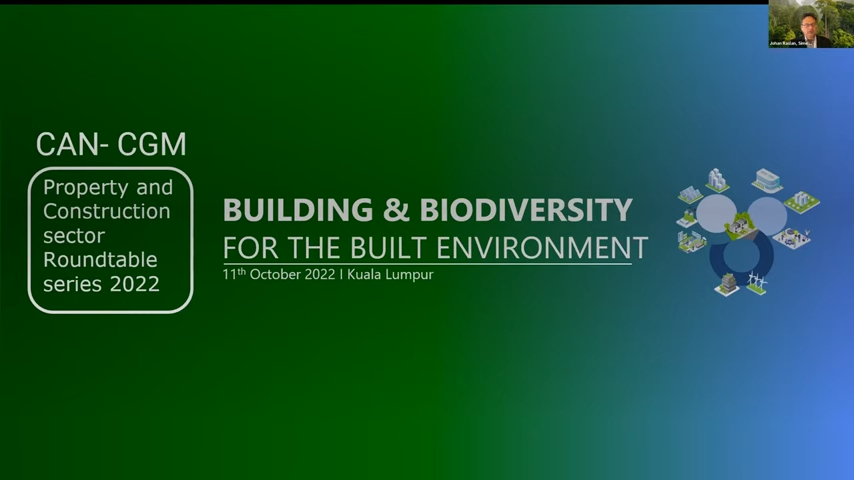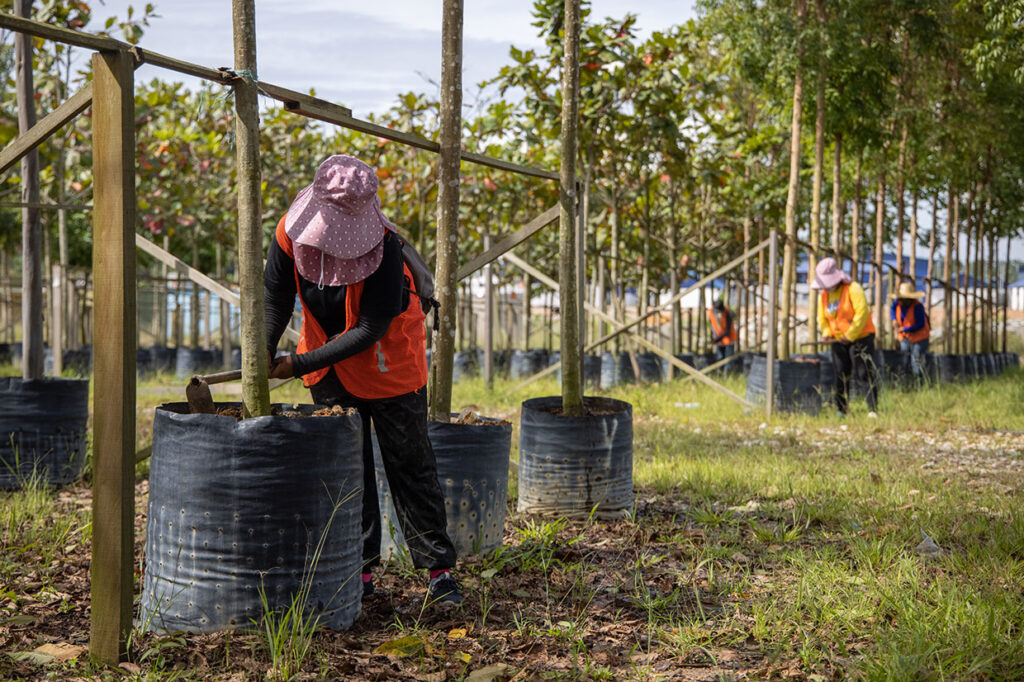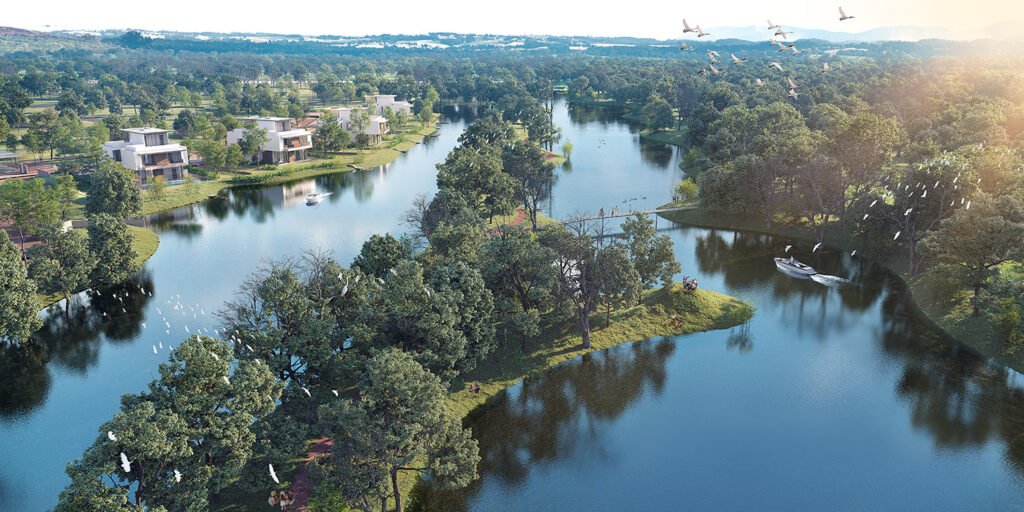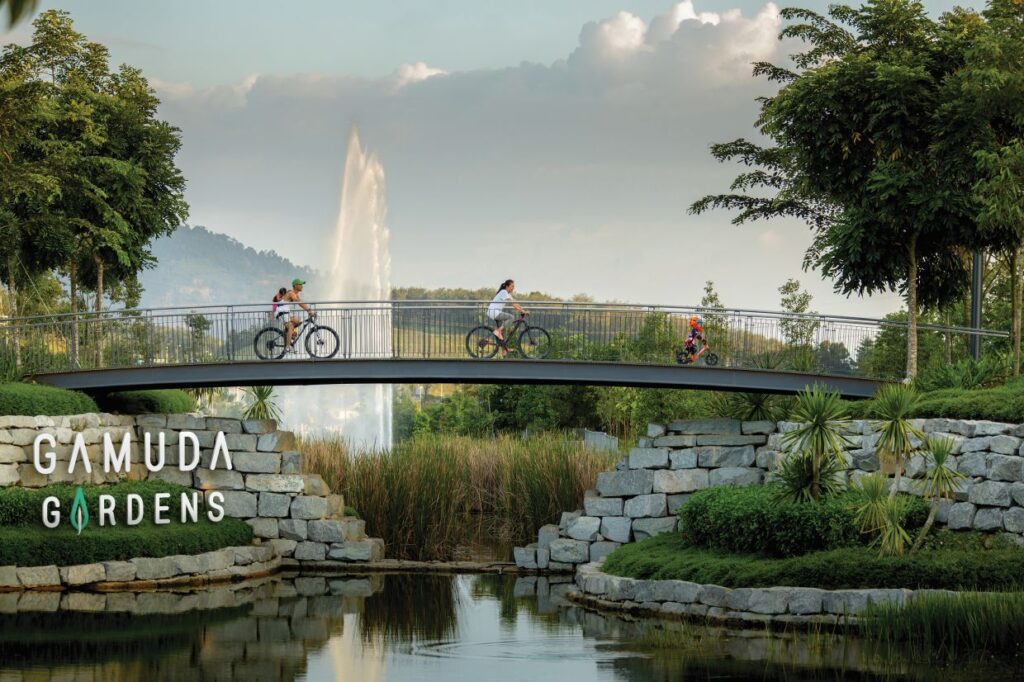Biodivercities for the Future: A take on the building sector roundtable
A recap series issue
Malaysia has seen rapid urbanisation over the past few decades; as of 2022, 78 percent of the country’s 33 million population lived in cities or urban areas. With increasing issues of sustainability and climate change, a question on the minds of many is: how can we create urban environments that work hand-in-hand with the nature?

This was the impetus of a roundtable session organised by the CEO Action Network and Climate Governance Malaysia, titled “Building with Biodiversity for the Built Environment”. Moderated by renowned architect Serina Hijjas, the session’s speakers included Gamuda Group Chief Sustainability Officer, Ong Jee Lian; Aniza Osman, Director of the Planning Department at the Shah Alam City Council; and Yvonne Tan, Director at DP Green Pte Ltd and Chair of Singapore’s Green Building Council Urban Greenery Committee.
Key Takeaways from the Roundtable Series
The panel discussion discussed what was being systematically consolidated, coordinated, strengthened and intensified in biodiversity conservation efforts as initiated by the National Biodiversity Strategy and Action Plan (NBSAP).
- Biodiversity efforts should be implemented at all stages of development
- Working hand-in-hand with the indigenous or local communities to ensure their sustainability whilst leverage off their nature-related knowledge
- Masterplanning low carbon cities and buildings to reduce energy consumption
- Building an integration between nature and technology
- Ensuring the continuity of ecology offset programmes to maintain the sustainability of the environment
- Educating the community on the importance of green initiatives
- Conservation of key habitats through habitat enhancement, restoration and species recovery
- Applied research in conservation biology and planning
- Community stewardship and nature-related outreach programmes
During the panel discussion, Ong Jee Lian highlighted that biodiversity threat is being undervalued in Environmental, Societal and Governance (ESG) aspects. For a more improved biodiversity scene, her key takeaways were emphasised as solutions:
- Resources and natural capital should be included in accounting
- Nature-focused accounting to calculate the total input of natural caption, across the value chain of a product, versus the outputs of greenhouse gas emissions, pollution and waste

“As planners, designers, and even property developers, whether you develop a township or infrastructure, the planning and design stage itself is crucial — this is where you set most of your carbon efficiency measures at an operational stage.”
– Ong Jee Lian, Gamuda Group Chief Sustainability

“Biodiversity is your friend. It reduces a lot of maintenance if you get the right balance. Your development or building site is actually a node or a link to the larger macro of ecological network.”
– Yvonne Tan, Director at DP Green Pte Ltd and Chair of Singapore’s Green Building Council Urban Greenery Committee.
Yvonne further adds that in Singapore, projects are beginning to embrace more bio-diverse and native habitats on a micro and macro scale. Within high-density developments, there are many opportunities and design solutions to interweave biodiverse habitats sustainably with the buildings. This collaborative journey towards sustainability and biodiversity is most successful when the stakeholders, developer, architect, engineer, landscape architect, ecologist, horticulturist and many of the Built Environment consultants come together at the early stages of the development project.
This emphasis is true to Gamuda’s vision to “Build Right. For Life” and is adopted across all of the Group’s developments. While sustainability has long been a part of Gamuda’s approach, these efforts have been intensified over the past two years in tandem with the Gamuda Green Plan 2025.
On the (green) road to success
Among the key achievements Gamuda has made so far is its #OneMillionTrees initiative, which aims to preserve biodiversity by planting one million trees and saplings across all its townships by 2023. As of FY2022, Gamuda has nurtured 612,072 trees and saplings, equivalent to about 61 percent of the total trees planted.

In prioritising environmental considerations, Ong added that the human equation should be factored in as well. “We can’t do much with just planting if we do not include the local communities in where we are operating. This is why we have placed the Orang Asli’s culture and experiences as the focus of our employment programme,” she said during the panel discussion.
To date, Gamuda has provided 200 employment opportunities for the Orang Asli at its Arboretum and nurseries, and through facilitating the sale of crafts and farm produce as well as eco-education programmes.

Meanwhile, Gamuda Cove, a 1,530-acre sustainable city located in southern Klang Valley, is the first private township in Malaysia to receive the 5-diamond rating at the Low Carbon City 2030 Challenge last year for its masterplan design that includes e-mobility like e-tram, e-scooter as well as Malaysia’s first solar-powered electron station. “This rating is based on achieving emissions reduction in energy, water, mobility and waste,” said Ong.
Measuring for accountability
During the panel session, Ong noted that sustainability success hinges on having the right measuring tools, such as biodiversity audits. “I think the biodiversity threat is severely undervalued when it comes to ESG (considerations),” she added, offering Gamuda Gardens as an example of a successful audit.

In the initial biodiversity audit carried out at Gamuda Gardens in 2013, only 10 species of flora were recorded in the area at northern Klang Valley. By 2022, following various measures including tree planting, a follow-up audit found that there were at least 22 species of flora, including those classified as high-risk of global extinction.
Gamuda is also closely aligned with international bodies involved in sustainability reporting, including Science Based Reporting, Task Force on Climate-related Financial Disclosures, Global Reporting Initiative, and Sustainability Accounting Standards Board.
“It’s very hard to put a price tag on biodiversity because its impact and benefits are generational,” said Ong. “There’s only so much a single player can do — we need everyone to come together.”

